Trump Proposes New Tariffs on Mexico, Canada, and China on Inauguration Day
President-elect Donald Trump plans to impose new tariffs on Mexico, Canada, and China upon taking office. He proposes a 25% tariff on goods from Mexico and Canada, as well as a 10% tariff on Chinese goods, citing concerns over immigration and drug trafficking. It is unclear if these will be enacted or used as negotiation tactics.
President-elect Donald Trump has indicated his intention to implement significant tariffs on Mexico, Canada, and China immediately upon assuming office. In his statements shared via the Truth Social platform, Trump asserted that he will enact a 25% tariff on all products imported from Mexico and Canada. Moreover, he has proposed an additional 10% tariff on Chinese imports, citing concerns related to drug trafficking, particularly fentanyl. The extent to which he will follow through with these commitments remains uncertain, leading to speculation regarding their role as a negotiating strategy rather than a firm policy intention.
The proposed tariffs by President-elect Trump emerge from his broader effort to address issues of illegal immigration and drug-related activities within the United States. Tariffs serve as a tool for the government to influence trade dynamics by imposing additional costs on foreign products, thereby encouraging domestic production and reducing imports. Trump’s statements are indicative of his administration’s priorities, focusing on border security and public health concerns linked to narcotics. The impact of such tariffs could significantly alter trade relationships with these key trading partners.
In conclusion, President-elect Trump’s threats to impose new tariffs on Mexico, Canada, and China reflect his administration’s commitment to tackling illegal immigration and drug trafficking. While the implementation of these measures may reshape trade relations and economic dynamics, the definitive outcome remains uncertain as discussions and negotiations proceed. Stakeholders will be closely monitoring developments as the new administration takes office and outlines its economic strategy.
Original Source: www.ocregister.com
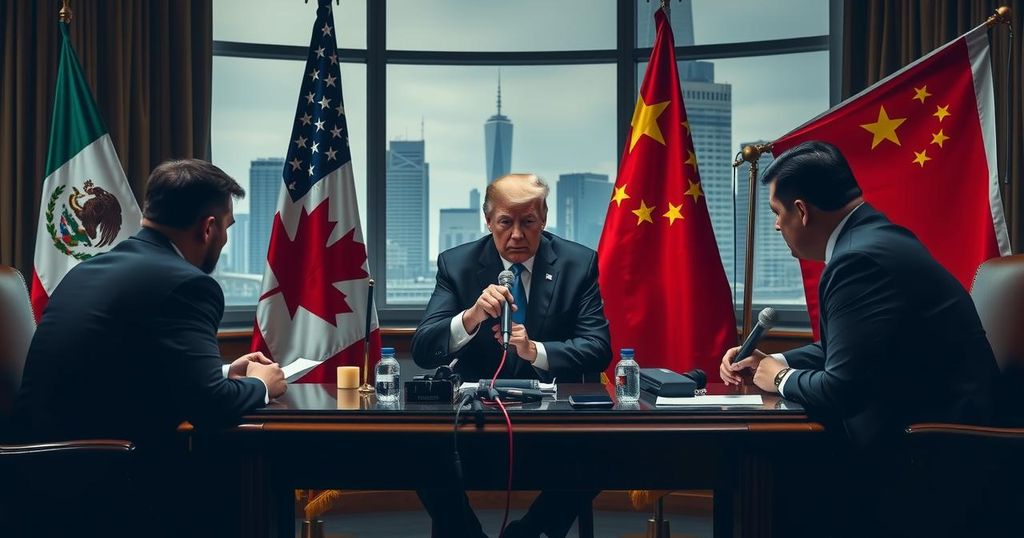

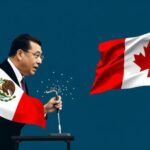
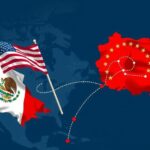
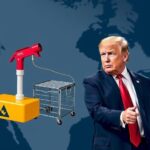


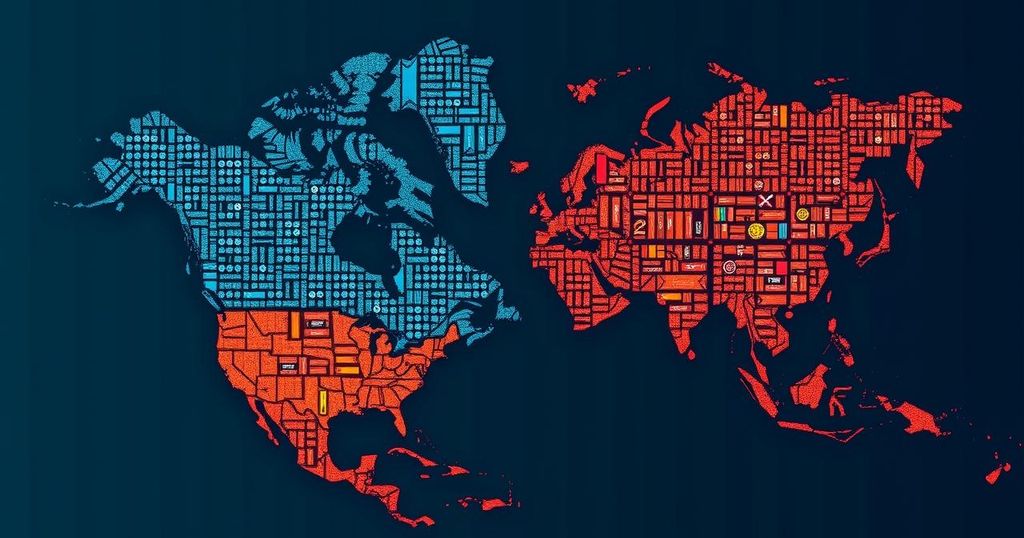
Post Comment